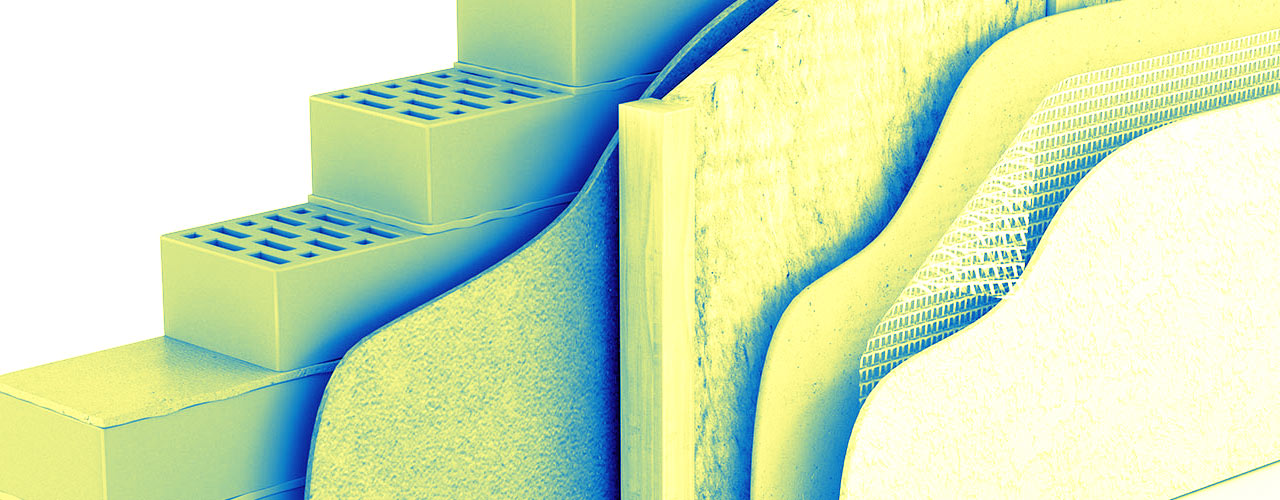
Glazing System U-Factor and Related Performance Requirements
Project managers in the glass and glazing business rarely receive training on the thermal performance of windows, energy code requirements, and thermal requirements in the design specifications. These can be particularly tough topics to learn,…
Read the Full Article
